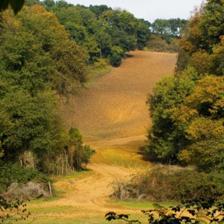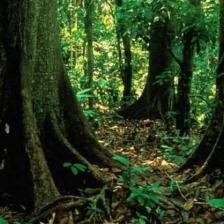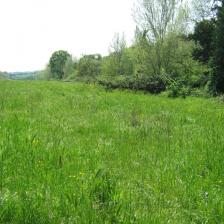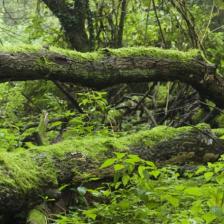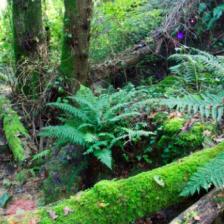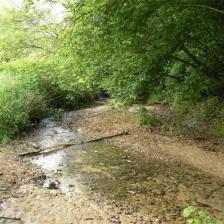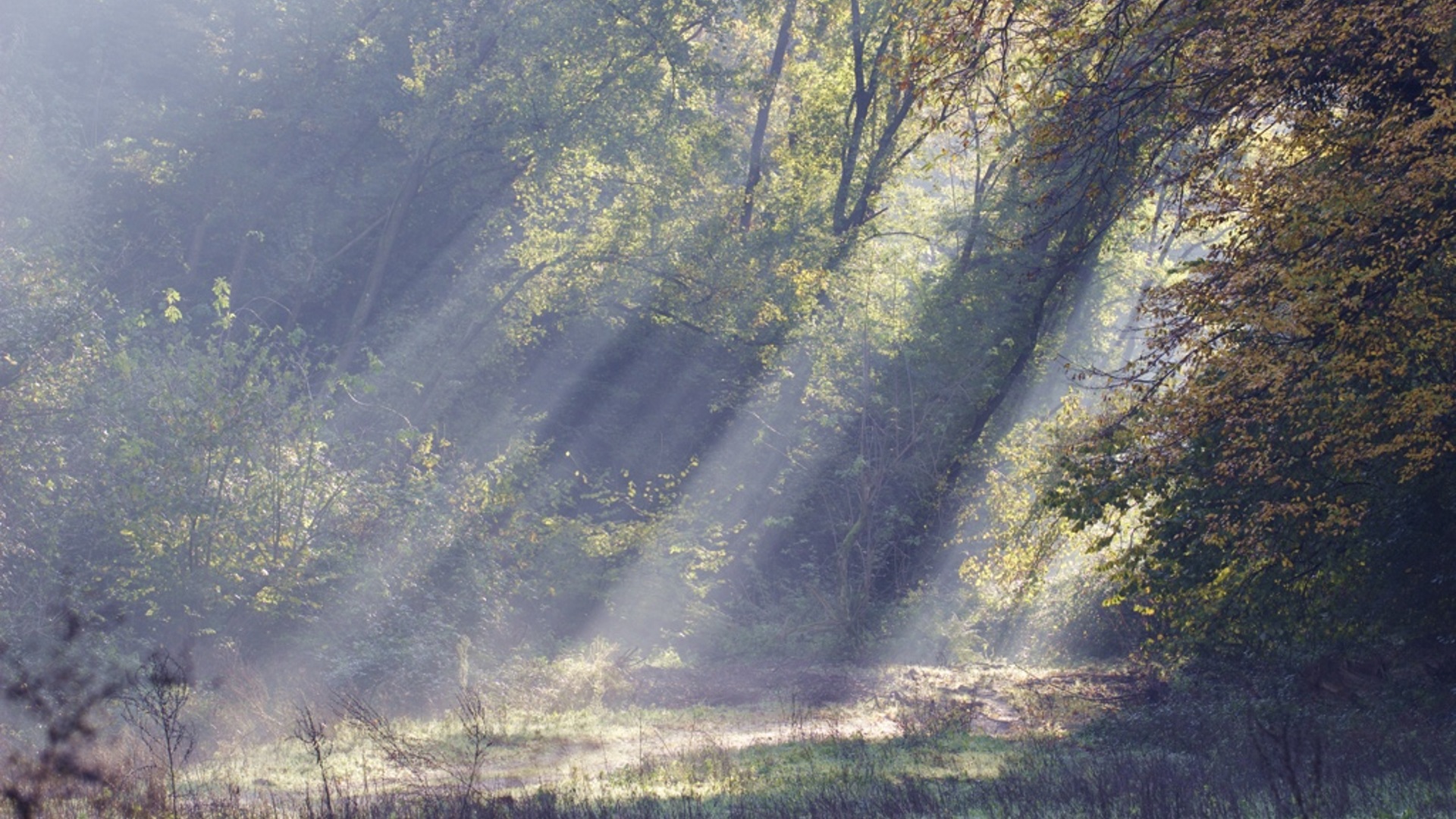
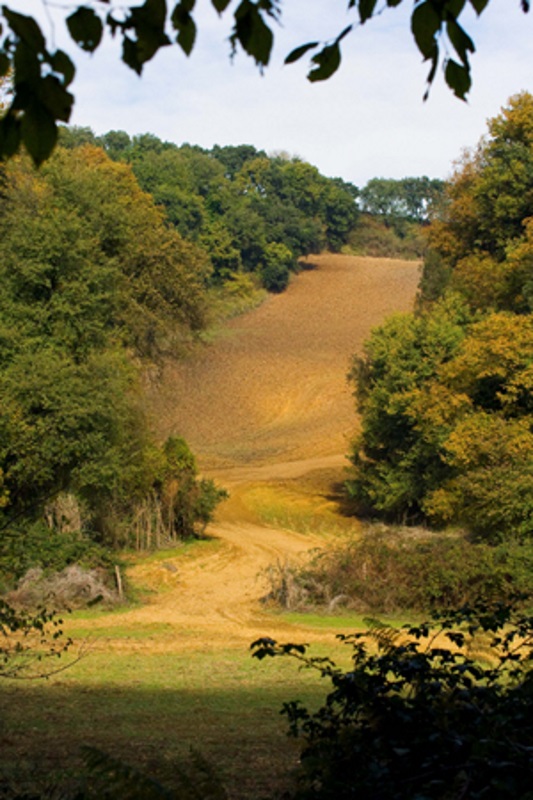

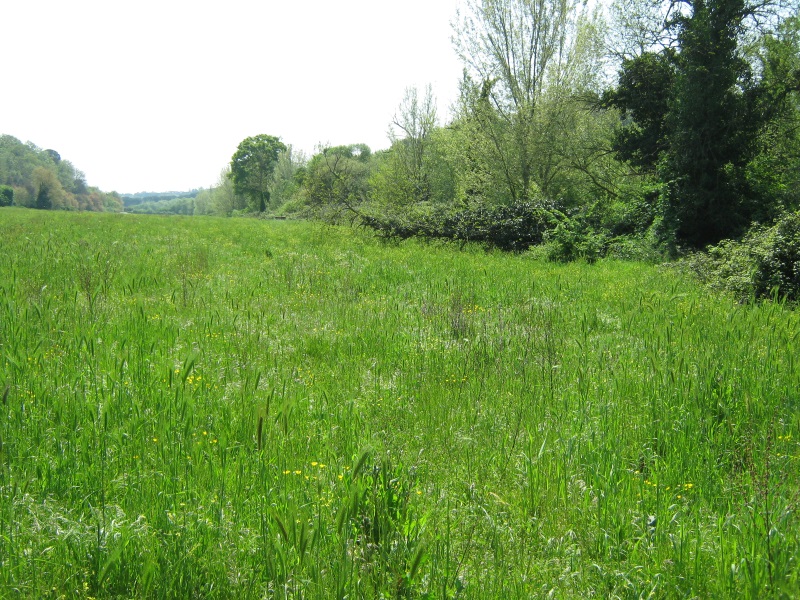
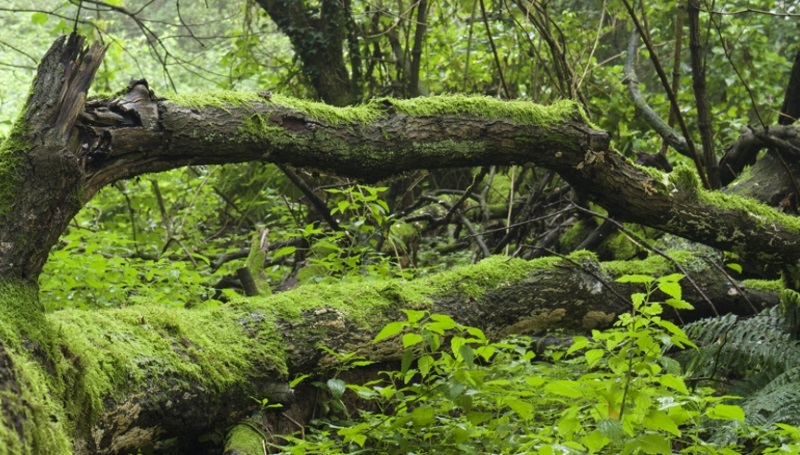

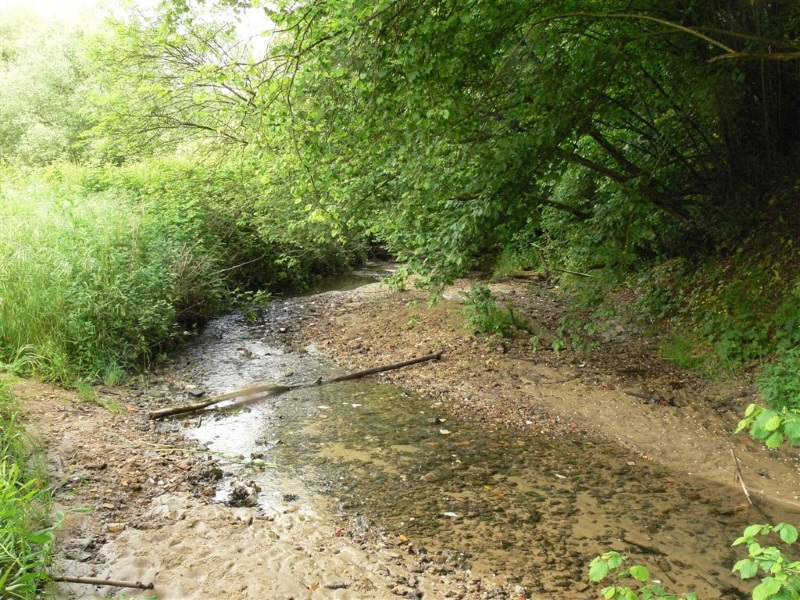
History, nature, and spirituality merge in one of the largest green areas within the city: 740 hectares of a territory of an immense naturalistic and historical-archaeological value.
The Insugherata Nature Reserve hosts, in fact, numerous remains of sepulchers and Roman villas. The most famous is undoubtedly the so-called Nero's Tomb, along the Cassia. Datable to the II-III century AD, it is actually the tomb of Publio Vibio Mariano, Prefect of the Third Gallic Legion. In the area of the Acqua Traversa, where Villa Manzoni is now located, the villa of the emperor Lucio Vero once stood (161-169 AD). The excavations carried out in 1999 for the construction of the new Octavia flyover have revealed the presence of tombs relating to an Etruscan settlement of the 6th century BC. Along Via Trionfale, bordering the reserve, the Traiano-Paolo aqueduct, built by the Roman emperor (98-117 AD) and restored in 1612 by Pope Paul V, passes through an underground path. It leads to the Trastevere district, the water of Lake Bracciano, and reaches the Gianicolo Fountain.
The area of the park, in part corresponding to the ancient estate already registered in the Alessandrino Land Registry (1660) with the name of Inzuccherata, also preserves the ancient Casale of the Insugherata, together with some publicly owned farms.
From here, too, passes the Northern trail of the Via Francigena, the ancient itinerary of faith, which for centuries has accompanied pilgrims and visitors from Central Europe to St. Peter's Basilica.
Inside the Reserve, you can enjoy pleasant walks along its peaceful paths, pastures, and plowed fields, go into its dense forest, or follow the enchanting waterways to explore this magical place, away from the chaos of the city. On clear days, from the top of its hills, you can admire the reliefs of the Sabatini Mountains, the Castelli Romani, the Monte Soratte, the Terminillo group, the Lucretili, the Velino, and the Simbruini.
Established in 1997, the Insugherata Natural Reserve is located in the northern quadrant of the Capital, straddling Via Cassia, Via Trionfale, and Via Cortina d’Ampezzo.
The landscape is typically hilly, with wide plains on the top of the hills and long valley floors; the main one is crossed by the Fosso of the Acqua Traversa, which runs parallel to Via Cassia. Thanks to its geographical and geomorphological uniqueness, the Roman countryside is here represented in all its most significant features. The Insugherata, in fact, with a mainly agricultural vocation, still preserves natural woods and the floristic and faunal richness, typical of the large Roman green areas.
630 plant species have been registered so far, including 44 exclusive species from this area. The vegetation is dominated by trees, such as English oak, chestnut, holly, Turkey oak, hazel, white willow, poplar, and butcher's broom, in the rich undergrowth.
The period from early March to late June is the most favorable for observing the splendid blooms of plants like the minor periwinkle, ranunculus, sweet-smelling saffron, snowdrop, sweet violet, and spring cyclamen.
The forest vegetation, perhaps the most characteristic of the Roman area, includes the cork oak, the tree that gives its name to the Reserve. Its diffusion seems to have been favored by the typical agro-pastoral economy and by the very ancient practice of using fire to open new pastures, to which the cork oak is particularly resistant. The swamp straw, the rushes, and the water carnation are, instead, the most typical elements of the marsh vegetation present in the vast perennial marshy areas of primitive beauty.
The Reserve is also very rich in fauna. The porcupine is a permanent inhabitant, together with the black kite, a small population of spectacled Salamanders, and many other animal species, including the fox, the weasel, and the badger. Among the small mammals, you can find the wild mouse, the vole, the mole, the hedgehog, and the shrew. Here, finally, four species of nocturnal raptors like the tawny owl, the barn owl, the owl, and the scops owl, nest, together with the green woodpecker, the hoopoe, and other sedentary species.
Informationen
La riserva è aperta tutti i giorni dall'alba al tramonto
 Condividi
Condividi
Location
Um mehr über alle barrierefreien Dienste zu erfahren, besuchen Sie den Abschnitt barrierefreies Rom.












































